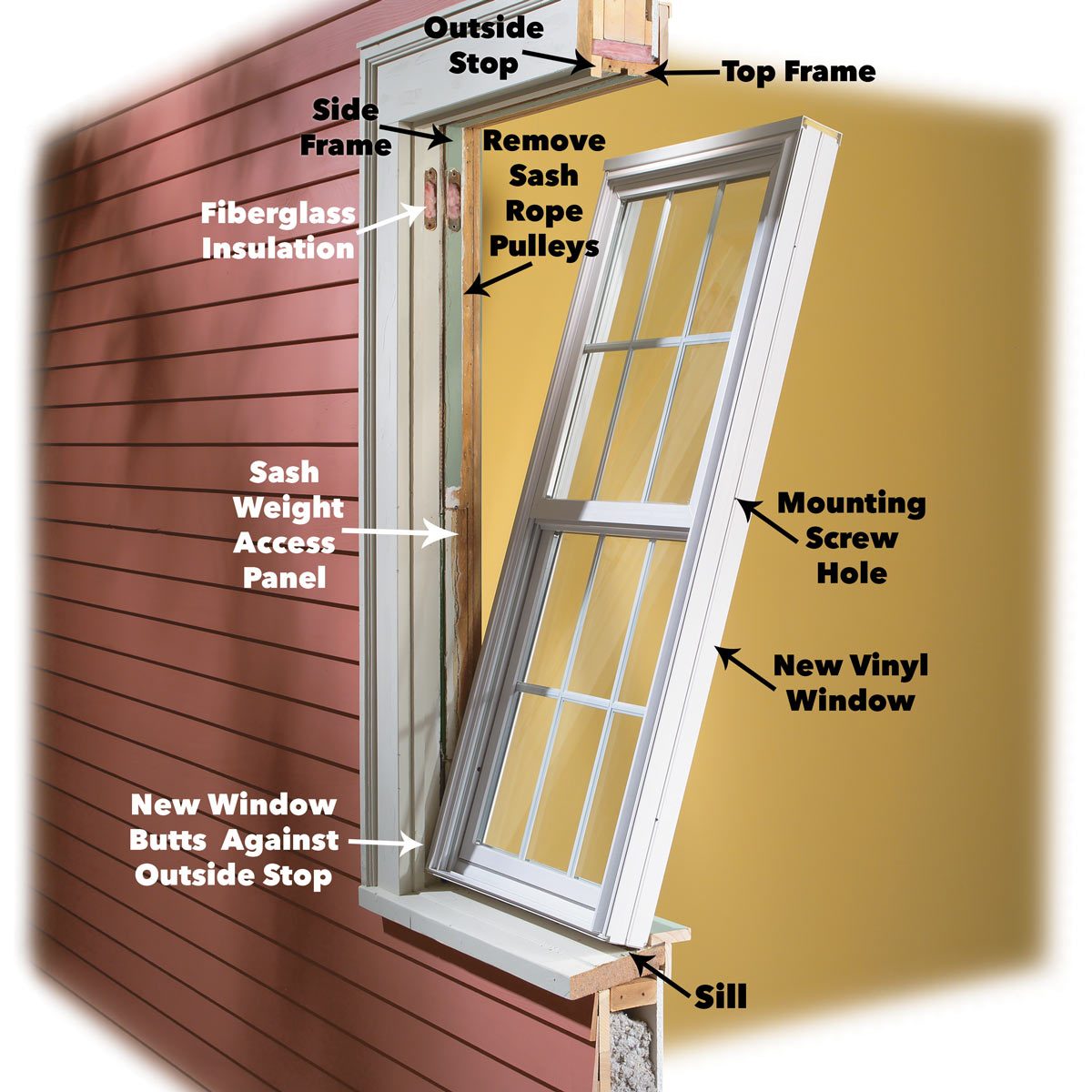MOLDEN is a truly slick package. Quantum chemists who are interested in fast easy display of results from runs of GAMESS-US, GAMESS-UK, Gaussian, and Ampac/Mopac should give MOLDEN a try.
Replace both the existing window stool and apron at the bottom of the window. The new pieces will need to be slightly wider to accommodate the case molding you’ll add on the sides. Choose new case molding that matches the material used elsewhere in the room, around doors or cased openings. Set a miter saw at 45 degrees. Place a piece of molding flat on the miter saw table with the narrow. In this Shop Class video series Builder Ben Bogie will share tips and tricks for a professional installation of PVC trim over a rain screen. He’ll cover several crucial details, including: Setting a reference point for trim and siding layout. Installing rakes fascias, and soffits. Creating an attractive water table detail using a stock window.
Selected items of interest for MOLDEN:
- Displays convergence criteria during course of GAMESS/G94 geometry optimization run.
- Animates frequencies (hours of fun for the whole family)
- Animates reaction paths
- Generate and display ESP charges
- Generates 3D and contour MO plots
NOTE: output from most standard codes may be used directly with no filtering. To produce G94 output suitable for displaying molecular orbitals and charge information, the keywords
- #P GFINPUT IOP(6/7=3)
- Must be included in the input file
molden &
This should bring up the main MOLDEN window (which should contain only the MOLDEN logo) and the MOLDEN control window
Read in the first test case (the G94 log file from a geometry optimization on ethanol) by clicking the Read button on the lefthand side of the control window.
This pulls up the Molden File Select window. Click on etoh3.log to load.
Playing with the display:
Click on the main MOLDEN window. The displayed molecule is rotated using the left and middle mouse buttons. Play with this a moment and get acclimatized.
Translate the molecule by using the 4 arrow buttons in the lower right hand corner of the control window. The In and Out Zoom buttons are pretty self-explanatory. Try clicking on the various Draw Mode buttons.
The Calculate: Distance, Angle, and Dihedral buttons are pretty self-explanatory as well, try them out while you're at it.
Charges are displayed by clicking on the 6th button down in the middle of the control window, the one with the funky concentric circles. A sub-window will pop up asking what kind of charges you had in mind. Some, like Mullikans, are available right in the output and are displayed quickly. Some, like ESP, require a calculation and may take some time to come up.
How To Install Molden On Windows 10 Home
Displaying Convergence Criterion:
How To Install Molden On Windows 10 Home Screen Door
This run was the result of a simple geometry optimization which took 6 steps. Click on Geom. conv. on the right hand side of the control window. Energy, force and step size are all plotted vs step number. The scale is chosen automatically and the axis labeling needs some work, but positioning the mouse on any data point will display the y value associated with that point.
The Select Point section of the MOLDEN control window allows you to move through the optimization cycle point by point. Clicking the MOVIE button displays the optimization cycle in sequence.

Click on Dens. Mode on the left hand side of the Control Window under Miscellaneous:
In the main window, you should see a beautiful grid, plus contour lines, plus the molecule. The Control Window will have changed as well.

- The tilt of the grid can be changed by clicking the left mouse button in the appropriate direction.
- The contour lines and molecule can be turned on and off by toggling the Contours and Molecule buttons under 3D subcommands on the RHS.
- Step size and cutoff for the contour lines are modified through the Step and Cut buttons on the RHS.
- Molden's default is to put you into 3D plus contours, and to display the HOMO (highest occupied molecular orbital). Obviously clicking on LUMO will display the LUMO, and clicking on Orbital pops up a separate window displaying the MO's with energies and occupation numbers. Selecting any of the MO's within this window will change the display in the main window.
Play with this for a minute.
Say something about LaPlac. vs density, and Euclid vs 3D
Now in the upper RHS of the control window, there is a Norm. Mode button. Toggle on this. A new window labeled Molden Frequency Select will appear, which numbers the normal modes and the frequencies at which they appear. Clicking on any of the modes in this window will animate that particular mode. All the directions for rotating and translating the structure still apply.
Select exam01.log in the Molden File Select Window. This is the results of a GAMESS optimization run on CH2. All buttons work as shown in the previous examples, no file conversion is required.
Also notice that Molden provides access to a Z-Matrix editor. Click on ZMAT Editor in the Control Window. Note that we have the option of saving the ZMatrix in several different formats, including Gamess, Gaussian, and Mopac.